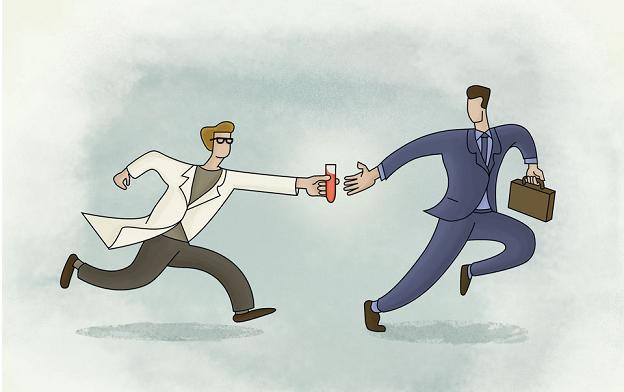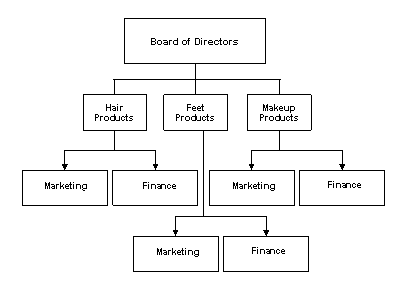In 1996 two computer science PhD students at Stanford University, Sergey Brin and Larry Page, were wondering how they could sort through the massive amount of information that was starting to appear on the Web to find specific and useful information on a topic. Although there were several different technologies, or search engines, available to search the Web for information, none of them seemed particularly useful to Brin and Page because they failed to distinguish between useful and trivial Web sites. Brin and Page decided to build a search engine that not only would examine the words on Web pages and then index them as other search engines did, but also would look at how and where these words were being used and at the number of other Web sites linked to a page.… Read the rest
International Business Strategies
Technology Transfer in International Business
Technology is a new variable in the equation of economic relations. Traditional theories of international business assumes that all nations have equal access to technology and, therefore, that there is no need to transfer technology from one county to another. Recent research findings have invalidated this assumption. In addition, they point to technology differences as primary cause of international inequalities in economic achievements. To reduce the inequalities, technology capabilities of the backward nations must be strengthened. The quickest way to do so is to transfer technology from the developed to the developing nations.
Technology is any device or process used for productive purposes.… Read the rest
Make-or-Buy Decisions in International Business
International businesses invariably face decisions about whether they make all or just some of the components used in their final product and therefore buy in from other sources (outsourcing) those components they decide not to make. This make-or-buy decision is related to the degree to which a firm is vertically integrated: that is, the extent to which a firm is its own supplier and market. At one extreme a firm can make all of its own inputs and be its own supplier; at the other extreme, it can buy all its inputs and rely on external suppliers. Partial integration implies that some components are made and others bought.… Read the rest
Achieving a Sustainable Competitive Advantage
“If you don’t have a competitive advantage, don’t compete.” – Jack Welch
A company has a competitive advantage when its profit rate is higher than the average for its industry, and it has a sustained competitive advantage when it is able to maintain this high profit rate over a number of years. Maintaining a competitive advantage requires a company to continue focusing on the four generic building blocks of competitive advantage – efficiency, quality, innovation, and customer responsiveness – and to do whatever is necessary to develop distinctive competencies that contribute toward superior performance in these areas.
… Read the rest“Competitive advantage is at the heart of a firm’s performance in competitive markets.
Factors Affecting Organizational Structure in Multinational Companies
The organization structure is an approach that helps and guides in organizing the employees of the organization into a structured and organized pattern for better coordination and communication. The structure in a multinational company defines the architecture of the business competence, functional relationship and management function. It helps in reducing confusion in the business environment and also supports in carrying out the business function smoothly and efficiently. The organization structure is affected by various internal and external factors which are also known as the organizational environment since organization works around these factors and the environment.
The organizational environment consists of all those factors that influences the organizational working and thus can also influence the organizational structure since in each country and geographical areas the organizational environment would change.… Read the rest
Global Product Division Structure of MNE’s
Global Product division structure contains the functions necessary to the specific goods or services a product/service division produces. The parental organization has headquarters divisions for different major product categories with respective resources, human and others. Overseas subsidiaries producing a particular product or class of product have to report to headquarters division responsible for that product or class of products. Global Product Division Structure locates manufacturing and value creation activities in appropriate global locations to increase responsiveness to competitive opportunities, efficiency, quality, or innovation. Global product divisions are responsible for Global Product Design and operate in divisional, cluster, or holding company formats.… Read the rest




